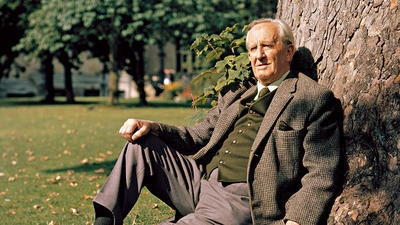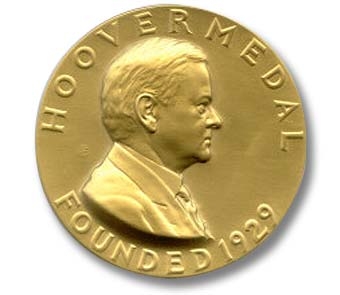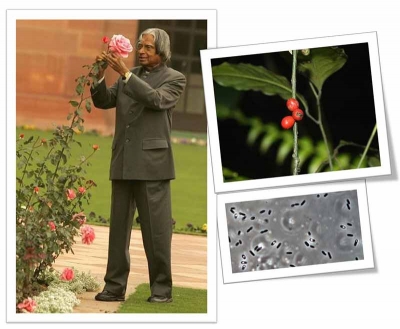
John Ronald Reuel Tolkien, CBE was an English writer, poet, WWI veteran (a First Lieutenant in the Lancashire Fusiliers, British Army), philologist, and university professor, best known as the author of the high fantasy classic works The Hobbit and The Lord of the Rings .
Early career
The English writer, artist, poet, and academic was born in 1892 in South Africa. His family moved to England later. Tolkien taught English language and literature during most of his adult life. He was a professor at the Universities of Leeds and Oxford. For some time, he was also a staff of The Oxford English Dictionary, which was then called The New English Dictionary. Even as he pursued a highly academic career, in his private life, Tolkien would immerse himself in myths and legends, weaving many tales of fantasy.
Tolkien’s fantasy world
Tolkien weaved many fantastical worlds, often also creating his own language for these worlds. The posthumously published “The Silmarillion Tales” is one of his earlier works. It is said that Tolkien wrote also to entertain his children. One such writing later became “The Hobbit”. When “The Hobbit” was published in 1837 with illustrations by the author, it became a huge success. It was celebrated so widely that the publisher asked for its sequel. And there came Tolkien’s masterpiece- “The Lord of the Rings”.
The Lord of the Rings
The epic fantasy was published in three parts viz. “The Fellowship of the Ring”, “The Two Towers”, and “The Return of the King”. With wizards, elves, dark lords, trolls, dwarves, orcs, and so on. Tolkien created a magical world in “The Lord of the Rings”. The book was celebrated and achieved cult status. By the turn of the 21st Century, the book sold more than 50 million copies in over 30 languages.
To date, its influences can be felt in the fantasy fiction that succeeded “The Lord of the Rings”, like an aftertaste that lingers on. It can even be seen in the Harry Potter series by J.K. Rowling. Tolkien also published many shorter works, and a few of his books were also published posthumously.
Tolkien the artist
Tolkien’s prose and craft have captivated generations of children. But equally compelling was his visual art. He created a range of artworks. He not only came up with art for his book covers, but also brought life to the mythical world he created through his art. So we get to see how Middle Earth and its inhabitants looked through his eyes.
Did you know?
Remember Luthien Tinuviel of “The Lord of the Rings”? It was Tolkien’s wife Edith Bratt who was the muse for this character. At a young age, Tolkien fell in love with Edith, who was an orphan. When he turned 21, Tolkien asked Edith to marry him.
Picture Credit : Google





